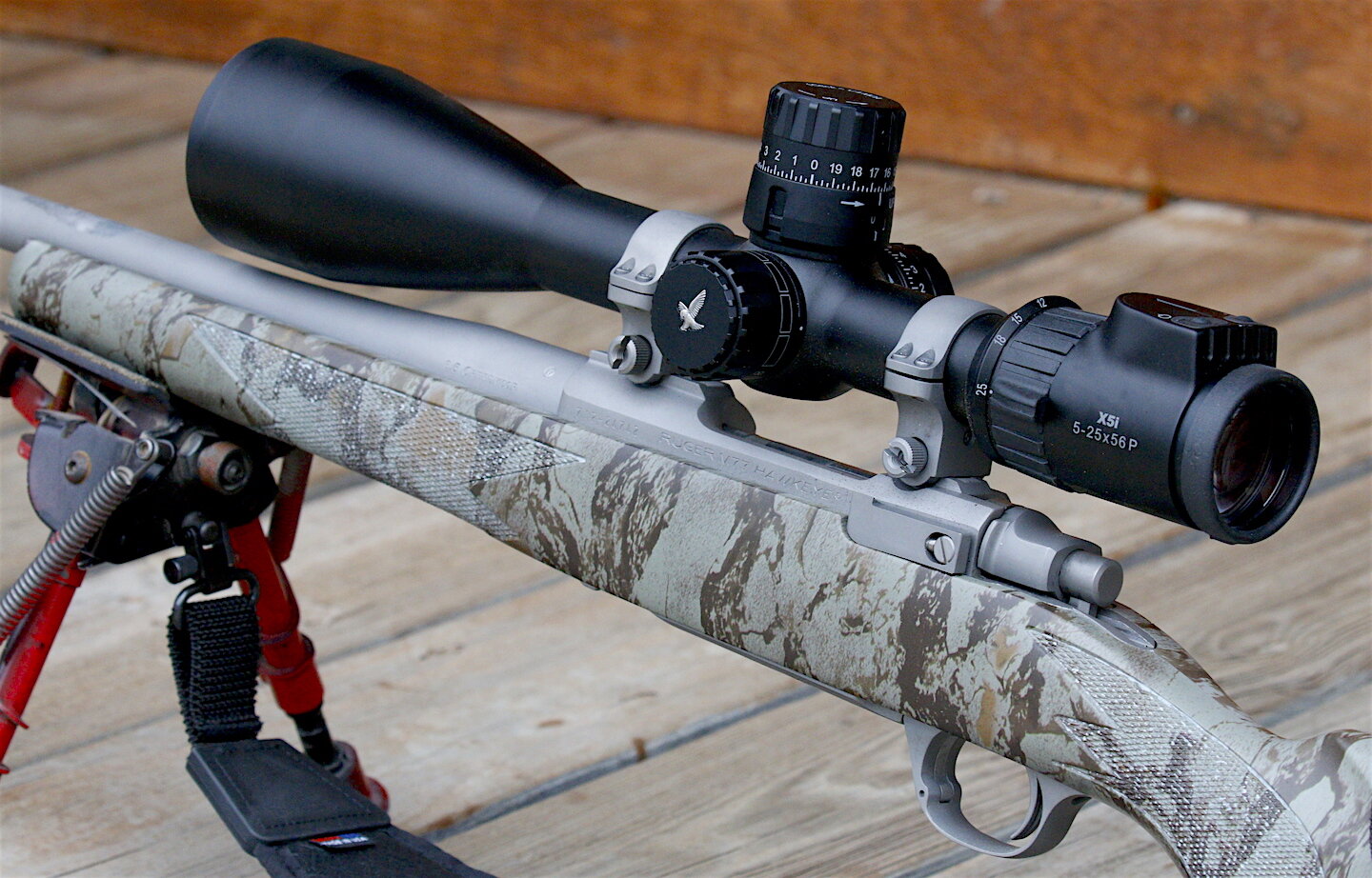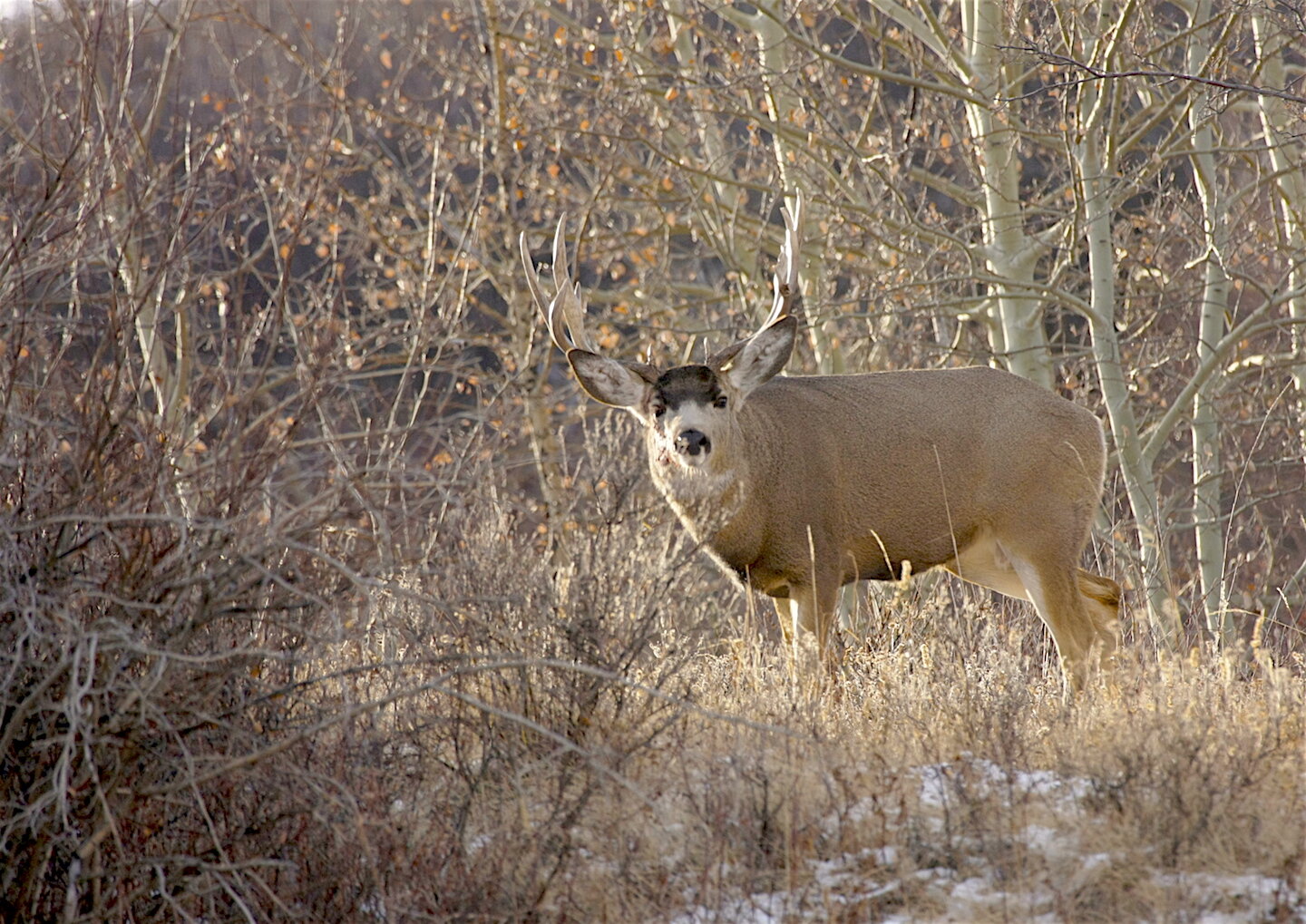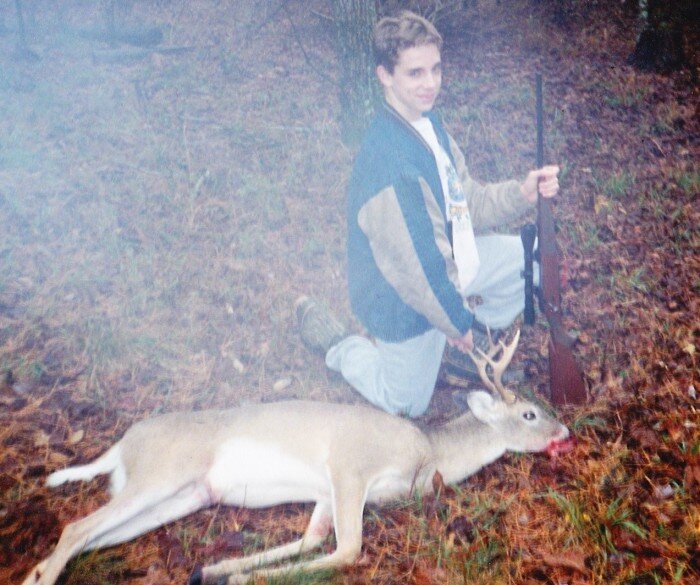Stop Fiddling: Become A Deadly Field Shot
You might be a deadly field shot, but if you also wish to become a hunting guide, you must memorize this essential command: "Stop fiddling with your gear and shoot!"
Too Much Gear Can Hamper a Deadly Field Shot
Gear manipulation has replaced aiming as the primary occupation of today's rifle shooters, and that drives guides crazy. Hunters are so weighed down by and enamored of their target turrets, parallax adjustments, power selector rings, illuminated reticles, hinged lens covers, BDC reticles, ballistic calculators, anemometers, laser rangefinders, angled drop compensators, anti-cant bubbles, bipods and tripods -- that they can't actually aim and shoot. At least not for a minute or two.Deer and elk love this. Guides and outfitters, not so much.As a potential rifleman with a buck in sight, you might not like it either. So stop accessorizing and start training yourself to be a deadly field shot, first.If it helps, think of yourself as Dan'l Boone, Davy Crockett or Carlos Hathcock. Imagine yourself the cool, dispassionate, precise, accuracy king. Then train to become that.And for heaven's sake, forget all the gadgets. You won't need them for 90 percent of all your hunting shots. You can add them later if you think you need to. Initially, however, you just have to train yourself to run your rifle, scope, ammo and self quickly, smoothly and deadly. See, aim, fire, tag, and break out the knives.
How To Train to Become a Deadly Field Shot
Start by setting up your rifle/scope for proper fit as explained in this post. Then start handling your unloaded rifle. Carry it and bring it into various shooting positions as outlined in this post. No actual shooting and no expenditure of ammunition are required with these exercises, yet they alone will increase your field performance and accuracy significantly, probably even remarkably.Next, set up your rifle/scope/ammo for maximum point blank range. This means zeroing it from 2 to 3 inches high at 100 yards. This enables your bullets to fly farther before dropping below your target. With a typical deer/pronghorn/black bear, this zeroing system should allow you to aim dead center on the chest and get a vital zone hit from 10 feet to as far as 325 yards, depending on your cartridge and bullet. For details on this zeroing system, read this post. Setting up for MPBR frees you from the extra task of digging out a laser range finder every time you need to shoot in a hurry.Now you're ready to advance to field shooting with live ammo. Find a safe location in which you can place a 10- or 14-inch cardboard box against a safe back stop. Then back off and begin addressing it from various ranges as if it were a deer you just spotted and want to shoot. Give yourself about 10 seconds to go from spotting the "deer" to putting a bullet through it. It helps to have a partner to time you. This might seem pretty simple -- until you try it. Suddenly you find yourself fumbling to get the slung rifle off your shoulder. Then you pinch your fingers while folding out your bipod legs. Then you discover they're too long so you reach up to shorten them and pinch your finger again. Then one collapses because you didn't tighten it enough. After 30 seconds you're finally anchored and ready to go -- only to discover the target is obscured by grass or rocks. So you stand up, but you can't find the target with the scope at 15X, so you turn the power down only to realize you're shaking too much to hit the hillside, so you sit -- but how do you cross your legs? And now the bipod legs are really too short...
Discover Your Deadly Positions
This comedy of errors isn't meant to embarrass you so much as educate you to your shortcomings. If you're like most hunters, you've probably never planned your moves or trained adequately. You'll do much better once you learn proper prone, sitting, kneeling and offhand positions and techniques. After that you'll soon discover how seldom a solid prone position can be used in the real world. This is why it's important to set that target box in a field with varied vegetation and relief in the landscape. This, after all, is what you'll find when hunting. It's what an experienced, deadly field shot, a real rifleman, knows how to deal with.I know this stuff because during more than 50 years of trial and error on six continents, I've made all the mistakes! They taught me my best odds were to sit, place my rifle stock in a portable bipod or tripod yoke, rest my elbows inside my knees, get my back against a tree or bank, and take a steady shot as soon as the reticle hovered over the vital zone. By experimenting with various ways of carrying and unleashing my rifle, I've reached the point where I can make an aimed shot inside of about 5 seconds. If my game stands within 400 yards, chances are excellent it will join me for dinner.
Keep It In The Box and You're a Deadly Field Shot
I suggest you, gentle reader, work out a system of carrying your rifle, getting it into shooting position quickly, getting yourself into the steadiest shooting position possible and then making a steady shot without excruciatingly long delays and endless waiting for your crosshair to stand still. In the real world of hunting, crosshairs usually do not stand still. They dance and circle and waver. The trick is to accept a certain amount of this activity while breaking the shot when the reticle is somewhere over the vital zone. You might not hit the 10 ring, but you'll hit the lungs, heart, or spine somewhere, and that's good enough. The vital zone of a deer is at least the diameter of a volleyball.This, then, becomes your training. You don't sit on a bench and punch 1/4 MOA groups in paper. You hike and sit and kneel at odd times and unknown distances and aim center mass on that little box and try to put a hole in it within 10 seconds. And then 7. Then 5. Every time. Don't worry about the timing initially. It's more important to be smooth as you develop your technique. You can work on speed later. And if speed leads to poor shooting, forget speed. Better slow and deadly than fast and miss.
Conclusion:
When you begin to see hole after hole inside that 10-inch box, you begin to realize you can make a good hit on game without excessive gear fiddling and without having to mess with a rangefinder every time. You've become a fast, deadly field shot. That's the time to consider expanding your reach with some of the specialty dials and tools that might help you with those odd 10 percent shots you rarely need to try.Author Spomer has done enough fiddling with too much gear to appreciate the speed and simplicity of the tactics he describes in this post. When not shooting his own boxes, he enjoys instructing others in how to not miss theirs.










